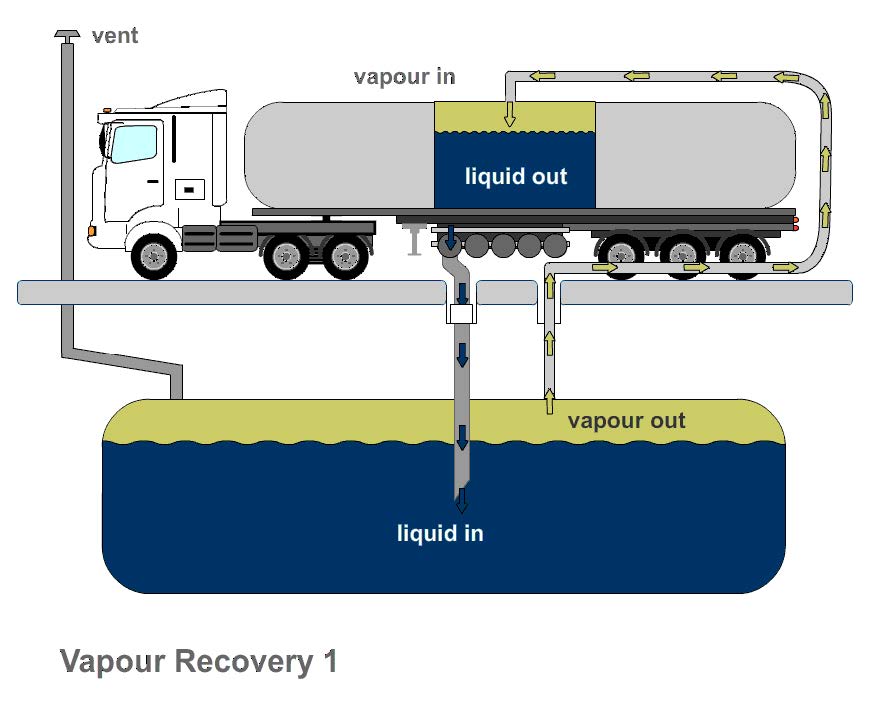As part of its role, the EPA works to reduce air emissions
from premises it licenses. The LBL scheme and pollution reduction programs
support industries in reducing air pollutant emissions, such as oxides of
nitrogen, particles, volatile organic compounds, chlorine, dioxins, furans and
heavy metals which arise from industrial activities and plant.
Some major EPA initiatives underway
- The Sydney Particle Characterisation Study involved analysis of existing PM2.5 datasets for four Sydney sampling sites. Positive Matrix Factorisation (PMF) source apportionment was undertaken based on samples collected at Lucas Heights, Richmond, Mascot and Liverpool over a 15 year period (2000-2014).
- Managing the Diesel
and Marine Emissions Management Strategy that sets
out measures to reduce emissions from non-road diesel equipment, such as construction
and coal mining equipment, locomotives and shipping.
- Managing
particles and improving air quality in NSW - a strategy to reduce particle
pollution from sources such as coal mines, non-road diesel machinery, shipping and
wood smoke. Read about other programs to reduce particle pollution.
- Reducing emissions of volatile organic
compounds from petrol
through vapour recovery controls, with 96% of designated service
stations having Stage 1 vapour recovery equipment by 30 June 2016.
- Coordinating the Interim
NOx Policy for Cogeneration in Sydney and the Illawarra (PDF ) that sets out a policy framework for managing
emissions of ground-level ozone and nitrogen dioxide from gas-fired
cogeneration and trigeneration facilities.
- Ensuring that coal mines implement the most reasonable and feasible particulate control options through programs like Dust Stop, Dust Patrol and Bust the Dust.
- Managing and updating the Air Emissions Inventory
for the Greater Metropolitan Region (GMR) in NSW
which informs the
community about emissions and their sources for hundreds of different air
pollutants in the GMR, where about 75% of the NSW population lives.
- Coordinating or contributing to various
air quality studies to add
to evidence and improve knowledge related to air quality and its impacts, for
use in future planning decisions and to inform policy development.
- Managing the load-based
licensing scheme and pollution reduction programs to support industries in reducing
emissions.

The graphic shows ways in which Stage 1 Vapour Recovery
reduces emissions of volatile organic compounds from petrol.


